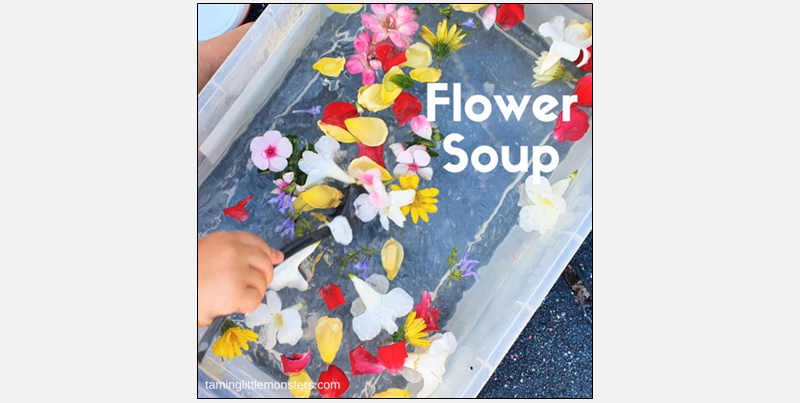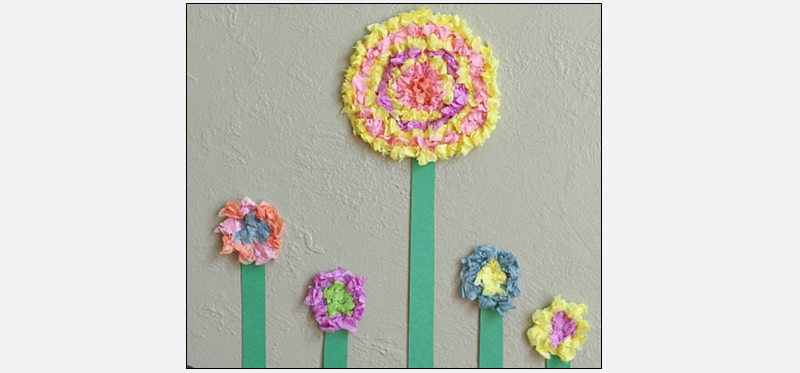Bonito/Lindo (Pretty/Nice)
WAYS WE CAN USE THE WORD(S)
SHARE INFORMATION: e.g., Tengo una muñeca muy bonita en casa (I have a very pretty doll at home).
EXPRESS OPINION: e.g. Ese gato está lindo (That cat is pretty).
COMPLIMENT: e.g. Cantas muy lindo (You sing very pretty).
COMMENT: e.g. Hoy vimos un bonito atardecer (Today we saw a pretty sunset).
CONJUGATIONS FOR GENDER AND NUMBER
|
SINGULAR |
PLURAL |
|
Bonito/bonita |
Bonitos/bonitas |
|
Lindo/linda |
Lindos/lindas |
This activity sheet was adapted from the School Year of Core Words activities for “Beautiful” by Molly Hartzell @ molly.hartzell.mh@gmail.com. For specific questions or more ideas regarding this core word activity sheet, please contact Maryvi Morales @ marygm12@gmail.com or Isabel Medina @ imedina@sfsu.edu. Thank you!
Geeting dressed: Adults can model affirmations to students that they can say to themselves e.g. “Yo me veo bonita hoy” (I look pretty today), “Mi cabello se ve lindo” (My hair looks nice).
Circle: Students can comment and discuss about the weather that day and if it is nice/pretty or not e.g. “Está bonito afuera” (Its pretty outside), “Que lindo está el clima!” (The weather is so pretty!).

Pretend Play: Students can pretend play many different scenarios (e.g. king and queen, shopping spree, etc.) and use the core word throughout play, e.g., “Estos pantalones están bonitos, los voy a comprar” (These pants are pretty, I am going to buy them), “Mi corona está linda” (My crown is pretty.)
Recess: While outside during recess, students can observe nature around them and comment on what they see such as flowers, trees, birds, etc., e.g. “Que bonito están las flores” (How pretty the flowers are), “Lindo pájaro!” (Pretty bird!).
Here are some suggested books on YouTube that can assist in teaching the core words:
- Tú y yo el cuento mas bonito By Elisenda Roca
- This book in Spanish tells the story of a young child preparing to welcome a sibling to the family. It discusses all the emotions that can occur, like jealousy, happiness, and excitement.
- This book in Spanish tells the story of a young child preparing to welcome a sibling to the family. It discusses all the emotions that can occur, like jealousy, happiness, and excitement.
- Señorita Mariposa By Ben Gundersheimer
- This is a bilingual book in Spanish and English about the amazing journey the monarch butterfly takes from Canada, through the United States, to Mexico and back. It includes the core word when describing the butterfly.
- Bonitas By Stacy McAnulty
- This book in Spanish encourages young girls to embrace their interests and develop their endless potential and that pretty girls are ones that are inspired, clever, and strong.
Social Interaction: Throughout the day, students can give each other complements based on their artwork they create, outfits, etc., e.g. “Tu dibujo está muy lindo” (Your drawing is very pretty), “Tu casa de legos está bonita” (Your lego house is pretty).
Video Modeling:
Adults can put together a sensory bin full of different animals, flowers, etc. and as students pick different ones adults can model “¿Piensas que está bonito o no bonito?” (Do you think it is pretty or not pretty?”) and encourage students to reply “Si, es bonito” (Yes, it is pretty) or “No es bonito” (It is not pretty).

Learning about different cultures activity: Students can complete an activity about their culture, or a holiday or aspect about their culture that is important to them. They can talk about the pretty/nice things about e.g., “Algo lindo de mi cultura es la celebration del Día de los Muertos” (Something nice/pretty about my culture is the Day of the Dead celebration”).
Song activity: Students can pick a favorite song or a song they think is pretty/nice and share it with the class. They can use the core word to describe what they like about the song or what makes it pretty e.g. “La letra está bonita” (The lyrics are pretty), “Está linda la melodía” (The melody is nice).
- Plaza Sesamo: Disfrutando del aroma de las flores con Lola (0:45-6:00)
- Animated short in Spanish
- Lindo Pescadito- Canciones Infantiles
- Cielito Lindo
Nature Activity: While outside, students can participate in a nature activity where they can pick different flowers and leaves in the environment and comment on the ones they think are the most pretty/nice e.g. “Me gusta esta flor, es la más bonita” (I like this flower, it is the prettiest.”
Flores de papel: Students can participate in an art activity creating paper mache flowers of different colors. Students can use the core word to request certain colors, describe colors and flowers, and comment on what others create e.g. “Tu arte está muy lindo!” (Your art is really pretty/nice!), “Quiero papel azul, es un color muy bonito” (I want blue, it is a really pretty color).

Juego de Vestir – OnlineFreeSpanish.com: Students can play this online dress up game in Spanish and comment on the clothing and outfits they think are pretty/nice e.g. “La camisa verde está bonita” (The green shirt is pretty)
Book Creator: This website is an online book creator where the user is able to create a story. It is available in Spanish. Adults can create a book on the topic of art and a museum and what art looked pretty and nice e.g. “Ese cuadro es mi favorito, creo que es bonito” (That painting is my favorite, i think it is pretty).
WORD WALL - Add the core word on the Word Wall.
READING and the Word Wall: Sound out the letters together. Have the students find the word on the AAC system.
WRITING and the Word Wall: Using a pencil or alternative pencil, have students try to type the word on the keyboard, adapted keyboard or write the word together.